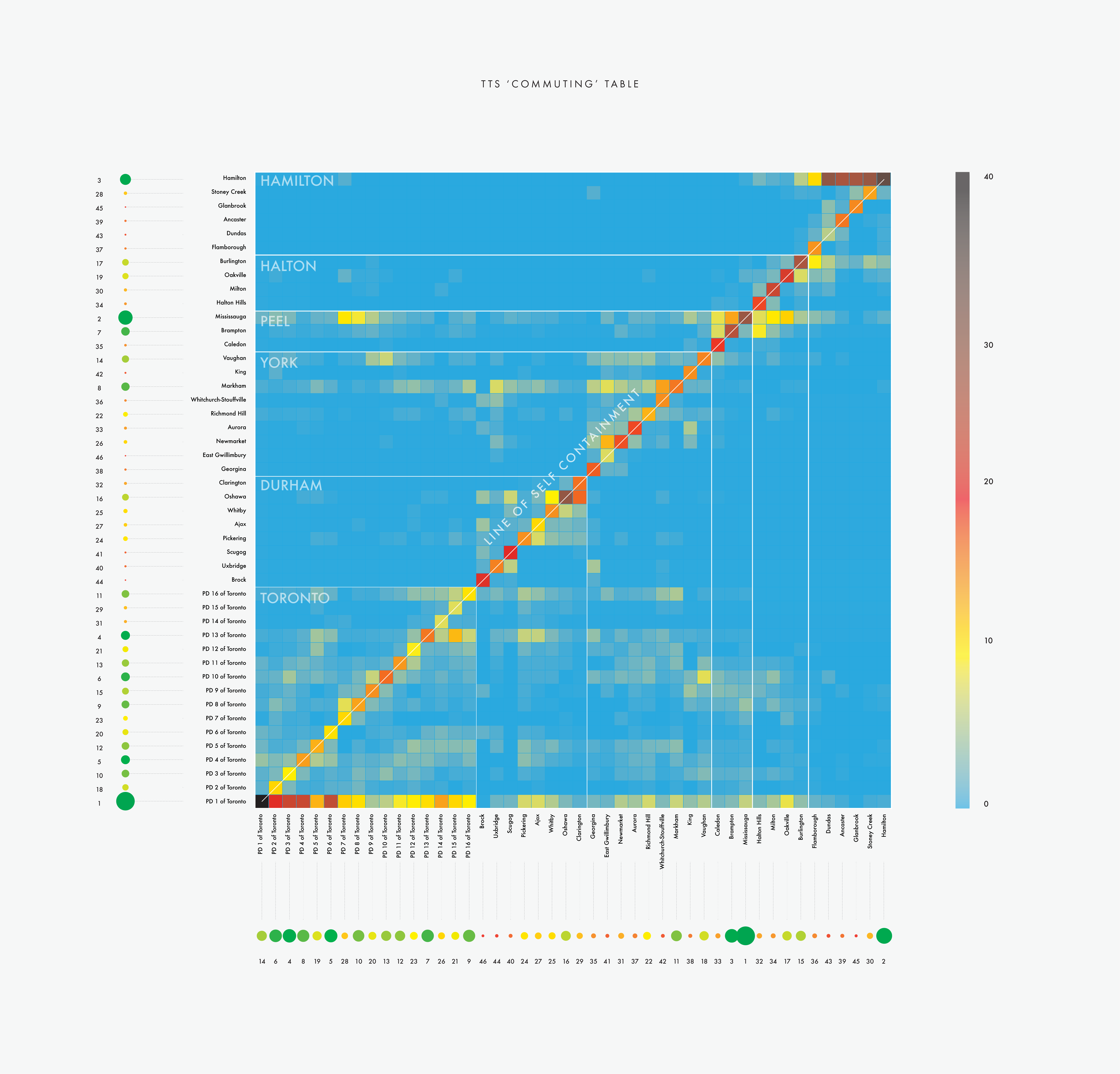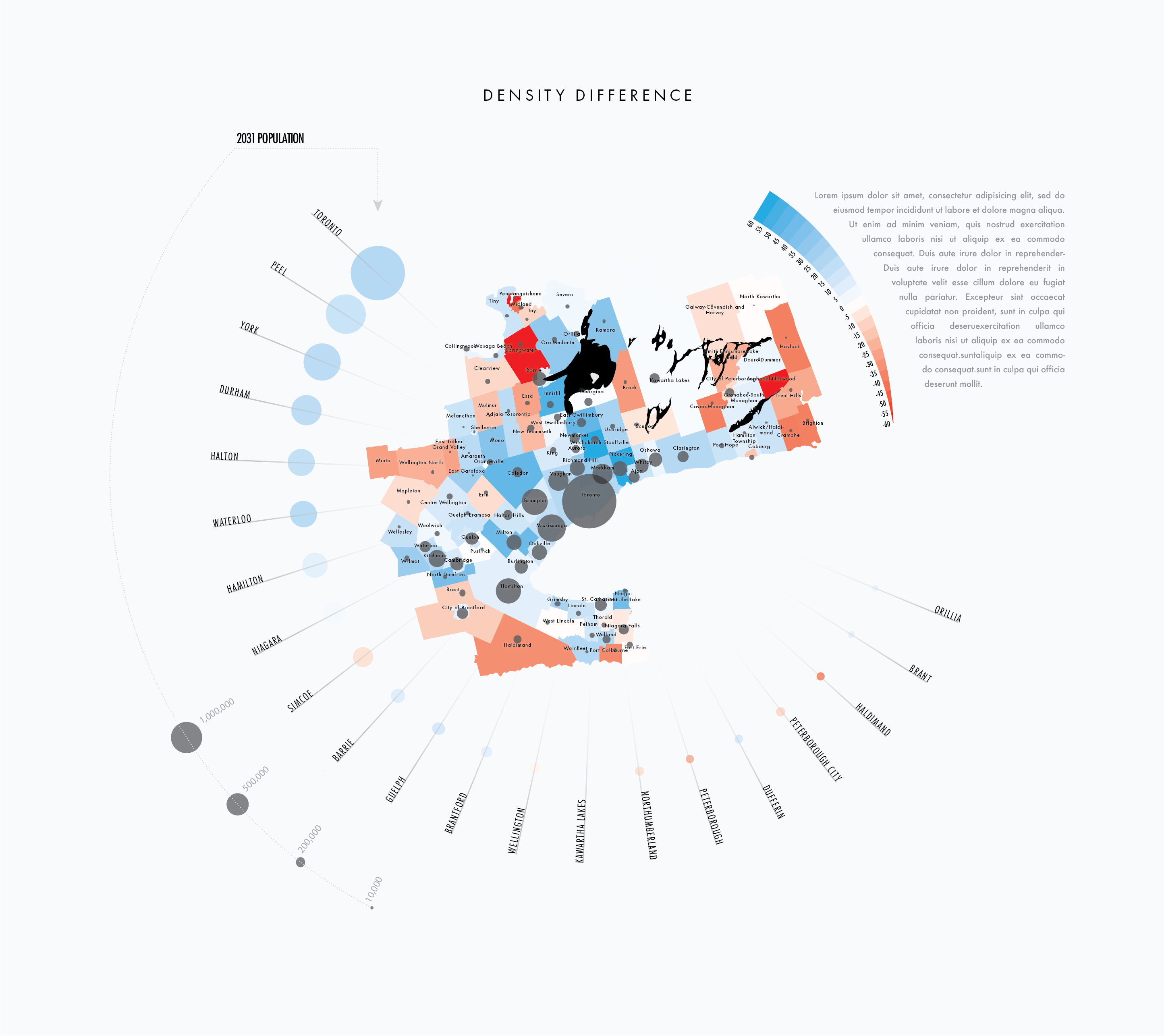大数据ui设计师
Software applications don’t directly give you food, water, shelter, affection, or sex — the only thing they do is disseminate information that may lead to all these more basic human needs. Thus, graphic, UX, and software design is really about the selection and organization of information, through time. Information is everything, and you need to know what it is, what it means, and how to represent it in an honest and functional way to be a true asset to a company or society at large.
软件应用程序不直接给你的食物,水,住房,亲情,或性别-他们唯一要做的是,可能会导致这些比较基本的人的需要传播信息 。 因此,图形,用户体验和软件设计的确与时间的选择和组织有关。 信息就是一切,你需要知道它是什么, 意味着什么,以及如何表达它以诚实和功能性的方式是一个真正的资产公司或整个社会。
Designers aren’t scientists, mathematicians, economists, or even very rigorous researchers—and that’s fine. That in mind, most of them probably haven’t seen an Excel spreadsheet since their high school accounting class, and this is a big problem that’s plaguing the industry. In most of the shops or companies I’ve seen, and dozens of products I’ve worked or consulted-on, designers are either spoon-fed metrics they are supposed to visualize, or they simply assume what a particular bar graph or chart should read. As someone who has extensive experience both pulling, calculating, and visually representing data—I can tell you that the basic lack of statistical knowledge is detrimental to good product design, especially in the information age. This fear, ignorance, or oversight is especially apparent in the plethora of digital products that have functionless dashboards. Have a software product? Give it a dashboard!
设计师不是科学家,数学家,经济学家,甚至不是非常严格的研究人员,都很好。 考虑到这一点,他们中的大多数人自高中会计课程起就可能没有看过Excel电子表格,这是困扰该行业的一个大问题。 在我所见过的大多数商店或公司中,以及我使用过或咨询过的数十种产品中,设计师要么是应该可视化的勺子式指标,要么只是假设特定的条形图或图表应该读。 作为具有丰富的数据提取,计算和可视化表示经验的人,我可以告诉您,基本的统计知识匮乏不利于良好的产品设计,尤其是在信息时代。 这种恐惧,无知或疏忽在具有无功能仪表板的大量数字产品中尤为明显。 有软件产品吗? 给它一个仪表板!
Understanding the data you’re designing for will allow you to represent it in a way that’s functional for the end-user. It will force you (the designer) to become the analyst. Consider it a form of immersive ethnography. Rather than just choosing some high-level metric and mocking it up on a bar graph with pretty colors and fonts, force yourself (or your designers) to read the data first and determine what it is saying. What is important to your typical user? Is the sample size adequate? How does this representation give a particular persona the power to fix a relevant issue—to take the next step? How will this look with different sets and archetypes? All of these questions are important when choosing a specific visualization technique. Again, designers are responsible for the selection and organization of information—that’s really it. If you don’t know the many different ways of representing quantity, then your solutions will be more rudimentary.
了解这些数据,您正在设计将让你来代表它的方式,是为最终用户功能 。 它将迫使您(设计师)成为分析师。 将其视为沉浸式民族志的一种形式。 不仅要选择一些高级指标并在带有漂亮颜色和字体的条形图中对其进行模拟,还需要您自己(或您的设计师)首先读取数据并确定其含义。 对您的典型用户来说重要的是什么? 样本量是否足够? 这种表述如何赋予特定角色解决相关问题的权力,以便采取下一步措施? 不同的集合和原型会如何显示? 所有这些问题在选择特定的可视化技术时都很重要。 同样,设计师负责信息的选择和组织,这就是事实。 如果您不知道表示数量的多种不同方式,那么您的解决方案将更加基本。
如何开始使用数据 (How to Start Working with Data)
With the growing use of prototype tools like Sketch, XD, and Figma — there is a definite trend for designers to move away from tools like Adobe Illustrator (and for good reason). All of these new-generation tools are fast and very simple to learn, but they generally lack the brute functionality of Illustrator as a powerful mathematical rendering tool. Especially the ability to create choropleth visualizations while layering and scaling data. When it comes to information design, Illustrator trumps everything.
随着原型工具(例如Sketch,XD和Figma)的使用不断增加,设计人员有一定的趋势转向使用Adobe Illustrator之类的工具(这是有充分理由的)。 所有这些新一代工具都是快速且易于学习的,但是它们通常缺少Illustrator作为强大的数学渲染工具的强悍功能。 尤其是在对数据进行分层和缩放时可以创建拟人化可视化的功能。 在信息设计方面,Illustrator胜于一切。
Years ago I was working for an urban research foundation and was heavy into data visualization. This meant I was working with a lot of raw CSV files—importing data, analyzing it, and trying to figure out a way to make the data speak honestly and effectively. Subsequently, I had to learn Excel and ended up falling in love with the whole research process. I would get giddy when importing data and rendering charts to see what it all had to say. Learning how to pull, read, and visualize data is a unique skill that will propel anyone’s career as a functional designer. It also taught me the importance of research rigor and the scientific method, which has been tremendously valuable for me as someone working in software where egos can run high and social biases alive and well. In other words, proper research methods highlighted how crude UX ones were.
几年前,我在一家城市研究基金会工作,致力于数据可视化。 这意味着我正在处理大量原始CSV文件-导入数据,对其进行分析,并试图找到一种使数据真实有效地说话的方法。 随后,我不得不学习Excel,最终爱上了整个研究过程。 导入数据并绘制图表以查看其全部内容时,我会感到头晕。 学习如何提取,读取和可视化数据是一项独特的技能,它将推动任何人担任功能设计师的职业。 这也教会了我研究严谨和科学方法的重要性,这对我来说是非常宝贵的,因为我从事软件工作,在其中自我管理能力很高,社会偏见也可以很好地生活着。 换句话说,适当的研究方法突出了原始UX的表现。
The beauty of Excel is that it works surprisingly well with Illustrator. You can create charts in Excel, change the fonts to AI compatible ones, paste them into Illustrator, then release the multitude of clipping masks. This leaves you with fully editable vectors that you can manipulate as you wish. This technique is also great for layering data to create rich visualizations that are perfect for analysts. Big data requires big visualizations and Illustrator gives you the canvas to do this. Always remember that ‘information designers’ (UX/UI/product/graphic) are responsible for representing the right data in the right way so people can make better decisions in their job or life. These are the people making multi-billion dollar decisions based on their interpretations, so there lies a heavy responsibility in the person organizing it. Moreover, working with data forces the designer to become the analyst—to become the user.
Excel的美丽之处在于它可以与Illustrator很好地兼容。 您可以在Excel中创建图表,将字体更改为与AI兼容的字体,将其粘贴到Illustrator中,然后释放多个剪贴蒙版。 这为您提供了完全可编辑的向量,您可以根据需要对其进行操作。 该技术还可以很好地用于对数据进行分层以创建丰富的可视化文件,非常适合分析师。 大数据需要大的可视化效果,Illustrator为您提供了完成此任务的画布。 永远记住,“信息设计师”(UX / UI /产品/图形)负责以正确的方式表示正确的数据,以便人们可以在工作或生活中做出更好的决策。 这些人根据他们的解释做出数十亿美元的决策,因此组织该决策的人承担着沉重的责任。 此外,使用数据会迫使设计人员成为分析人员, 成为用户。
The experience of analysis is a process of juxtaposition—looking at different variables to understand relationships, patterns, and anomalies. The analyst is someone constantly moving their eyes. Design rendering tools such as Adobe Illustrator (using the blend and eyedropper tools) allows you to create stunning choropleth visualizations where one can ‘layer’ data, making it easier for analysts to gain critical insight on these relationships. Illustrator is also great for analyzing long trend lines because the user can set up their charts along with a significantly sized canvas, edit visual elements, easily annotate graphs, and send the graphs out to the ‘team’ for review. It’s also great for physically printing and mounting large visualizations onto a wall for analysis and annotation. Moreover, it is the task and responsibility of the designer to allow analysts to compare metrics very easily without making the canvas too complex. Visual complexity leads to cognitive chaos.
分析的经验是并置的过程-查看不同的变量以了解关系,模式和异常。 分析师是一个经常动眼的人。 使用Adobe Illustrator之类的设计渲染工具(使用混合和吸管工具),您可以创建令人惊叹的Choropleth可视化效果,使人们可以“分层”数据,从而使分析人员更容易获得关于这些关系的重要见解。 Illustrator对于分析较长的趋势线也非常有用,因为用户可以设置其图表以及较大尺寸的画布,编辑可视元素,轻松注释图形,然后将图形发送给“团队”进行检查。 这对于将大型可视化文件物理打印并安装到墙上进行分析和注释也非常有用。 而且,设计人员的任务和责任是允许分析师非常轻松地比较指标,而又不会使画布过于复杂。 视觉复杂性导致认知混乱。
真实数据将教您正确,严谨的研究 (Real Data will Teach You Proper, Rigorous Research)
The UX field at large is inflated by processes that are driven by hear-say, ego, and groupthink—not hard numbers and data. We frequently use qualitative feedback to justify design decisions when in fact, most times the sample size is too small for any insight to be considered ‘true’. The future of design will be about experimentation and evidence, not ego-driven qualitative research. Although the ego is necessary to formulate a hypothesis (or null-hypothesis if you’re doing it right), it isn’t healthy to assume or conform to an idea unless there is at least some evidence pointing towards its truth. Furthermore, exposing yourself (or your designers) to real data in real scenarios will inevitably result in better insight, strategy, process, and products. Dear designers, learn how to use Excel and get comfortable using it.
总体而言,UX领域是由传闻,自我和集体思考驱动的过程膨胀的,而不是硬数字和数据。 实际上,我们通常使用定性反馈来证明设计决策的合理性,而实际上,大多数情况下,样本量太小而无法将任何见解视为“真实”。 设计的未来将是关于实验和证据,而不是自我驱动的定性研究。 尽管自我对于提出一个假设(如果做对正确,则为零假设)是必不可少的,但是除非至少有一些证据指出了这个想法的真实性,否则假设或遵循一个想法是不健康的。 此外,将您自己(或您的设计师)暴露于真实场景中的真实数据将不可避免地带来更好的洞察力,策略,流程和产品。 尊敬的设计师,学习如何使用Excel并轻松使用它。

结论 (Conclusion)
Design is the manipulation of stimuli and information, and as products become more complex, sound information design will separate successful products from poor ones. Not only does the layout, typography, color, and composition need to work, but the representation of the data must be fit for analysis. If you’ve ever made complex maps before, you can understand the difficulty in creating harmony among the different variables that a map is comprised of. It takes time, patience, and a willingness to investigate.
设计是对刺激和信息的操纵,随着产品变得越来越复杂,合理的信息设计会将成功的产品与劣质的产品区分开。 不仅布局,版式,颜色和组成都需要工作,而且数据表示也必须适合分析。 如果您曾经制作过复杂的地图,则可以理解在组成地图的不同变量之间建立和谐的困难。 这需要时间,耐心和进行调查的意愿。
With the advancement of artificial intelligence and machine learning, one might think we may eventually not need analysts at all. Our computers and systems will make all of these decisions for us. This is a critical mistake that hardcore proponents of artificial intelligence make. Humans will and always want to be autonomous decision-makers. Even if and when AI starts to make hyper-accurate decisions about our purchasing behaviors, we will still need to inspect these suggestions, because free-will is one of our highest values and virtues regardless if you think it exists or not. At the end of the day, the human decides.
随着人工智能和机器学习的发展,人们可能会认为我们最终可能根本不需要分析师。 我们的计算机和系统将为我们做出所有这些决定。 这是人工智能的支持者犯的一个严重错误。 人类将永远希望成为自主的决策者 。 即使当AI开始对我们的购买行为做出超精确的决定时,我们仍然需要检查这些建议,因为自由意志是我们的最高价值和美德之一,无论您是否认为它存在。 最终,人类决定了。
我是杰夫·戴维森 (I’m Jeff Davidson)
Give me your data and I will give you wings. I help companies visualize data and design meaningful digital products. Contact jeff@jeffdavidsondesign.com for project inquiries. You can also get free design lessons on my site.
给我你的数据,我会给你翅膀。 我帮助公司可视化数据并设计有意义的数字产品。 请联系jeff@jeffdavidsondesign.com进行项目查询。 您还可以 在 我的网站 上 获得 免费的 设计课程 。
翻译自: https://medium.com/swlh/why-designers-should-work-with-real-data-9d3928452fe5
大数据ui设计师























 899
899

 被折叠的 条评论
为什么被折叠?
被折叠的 条评论
为什么被折叠?








